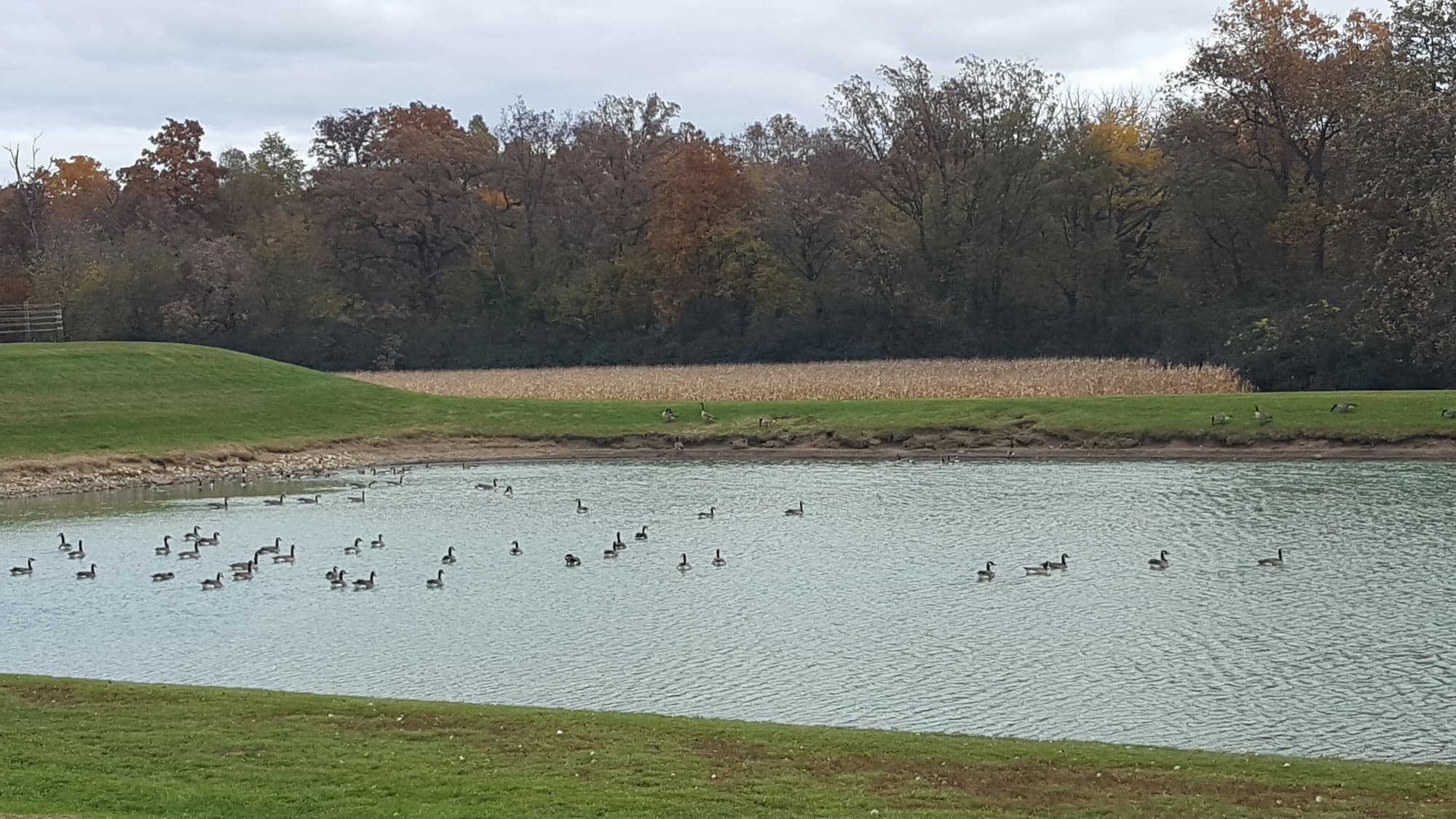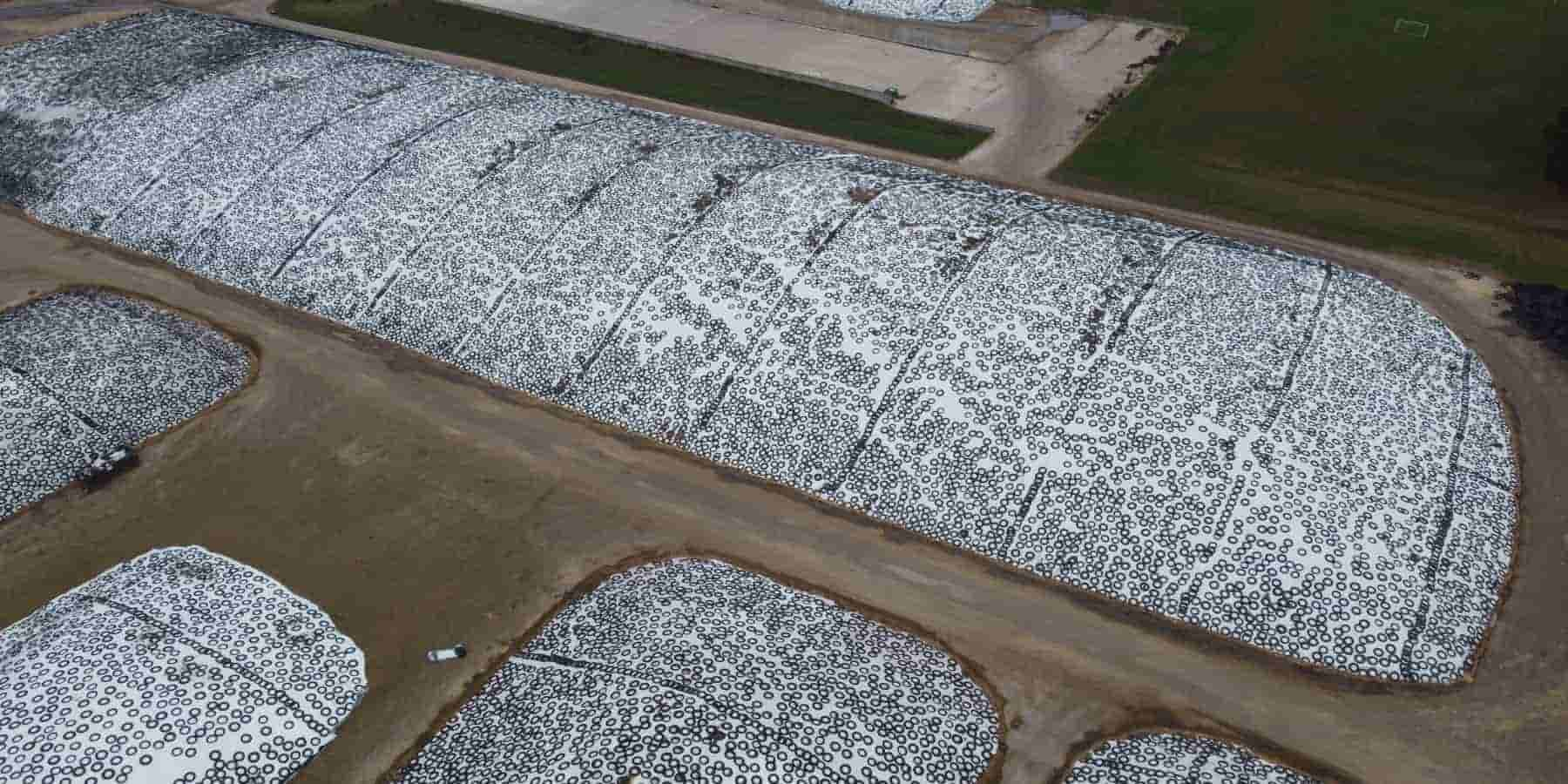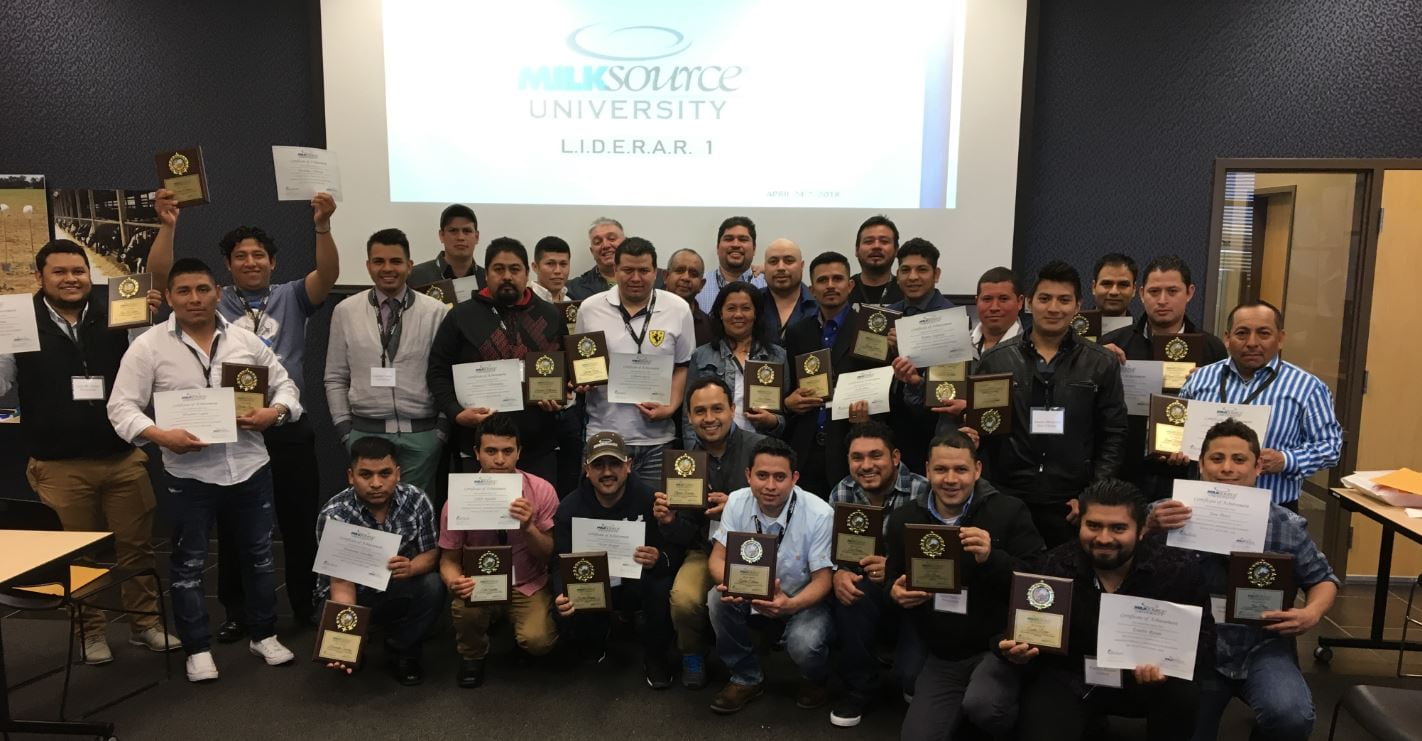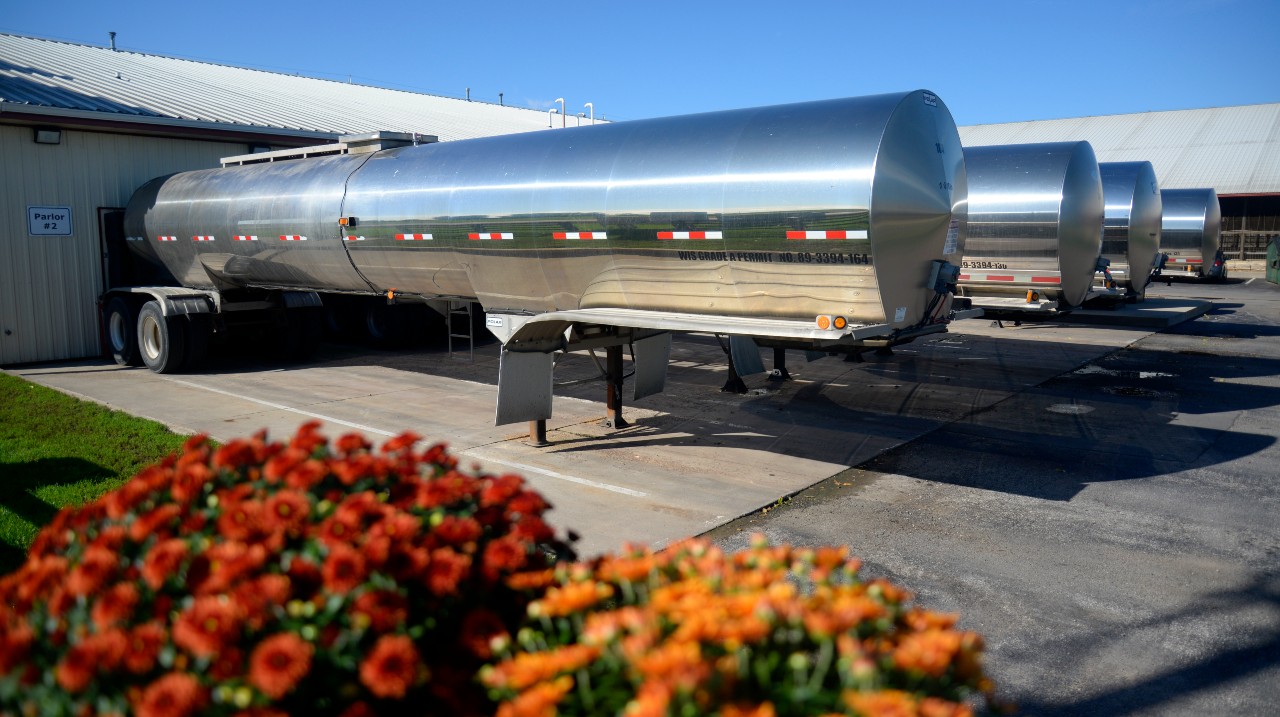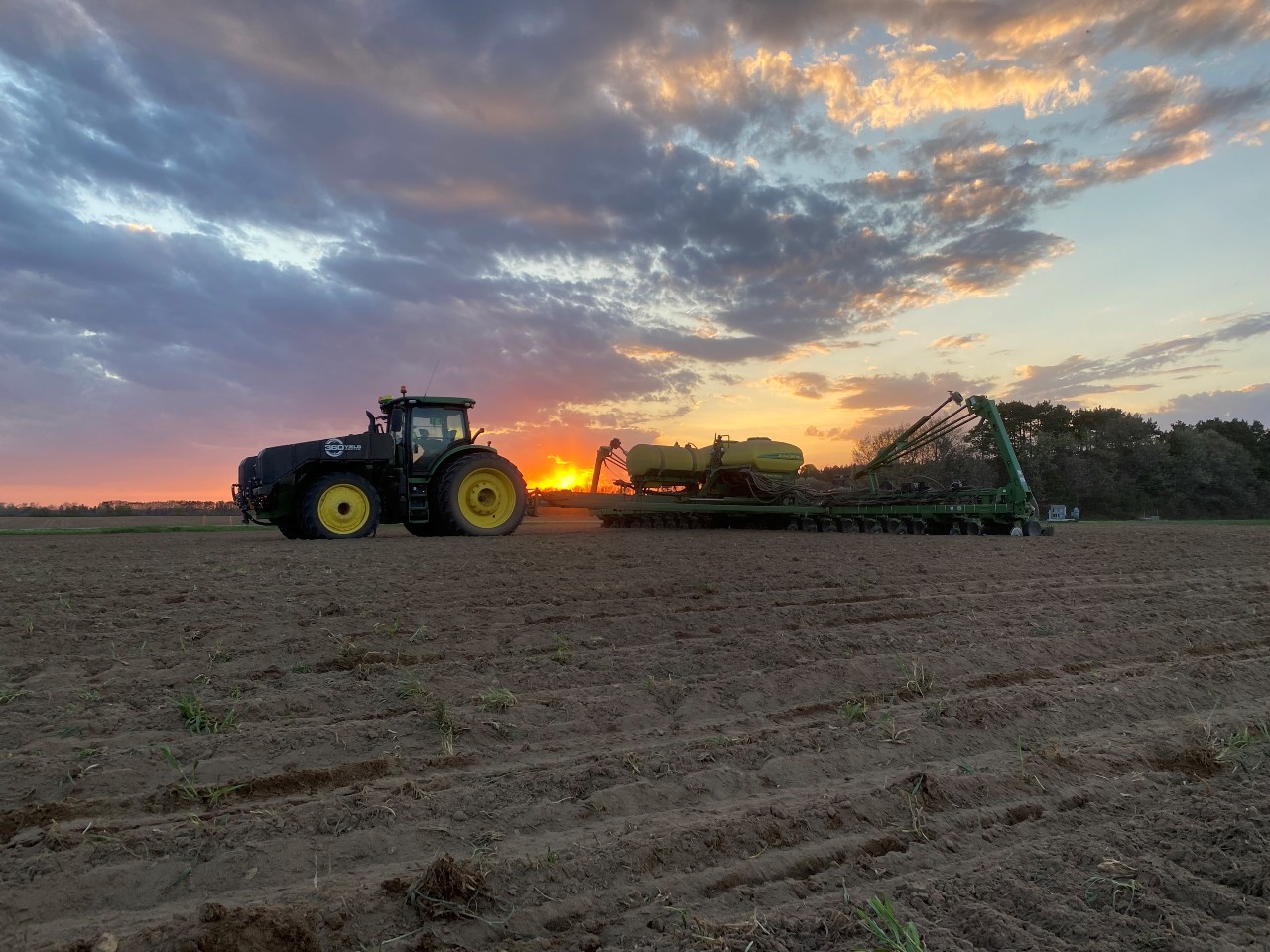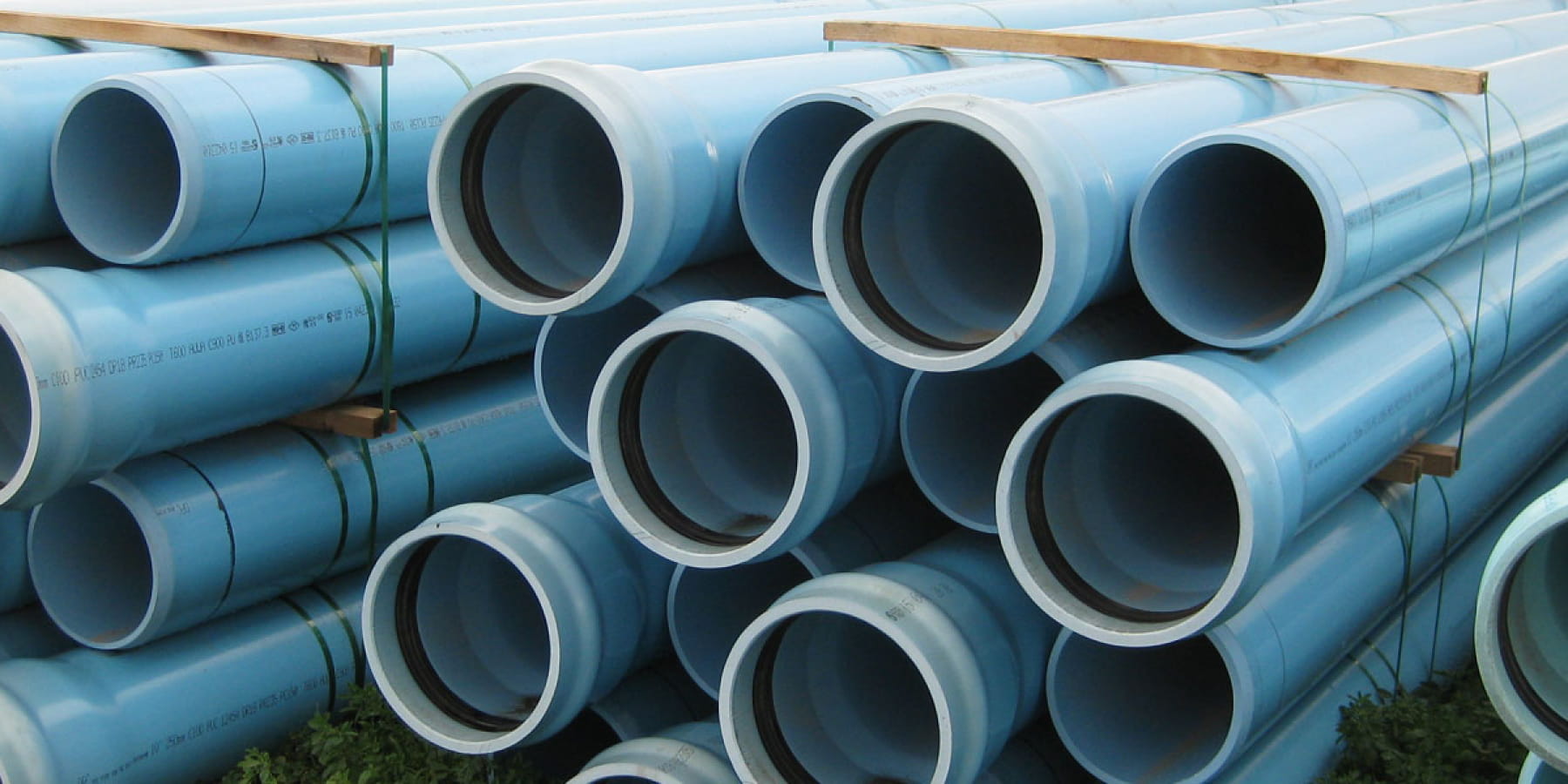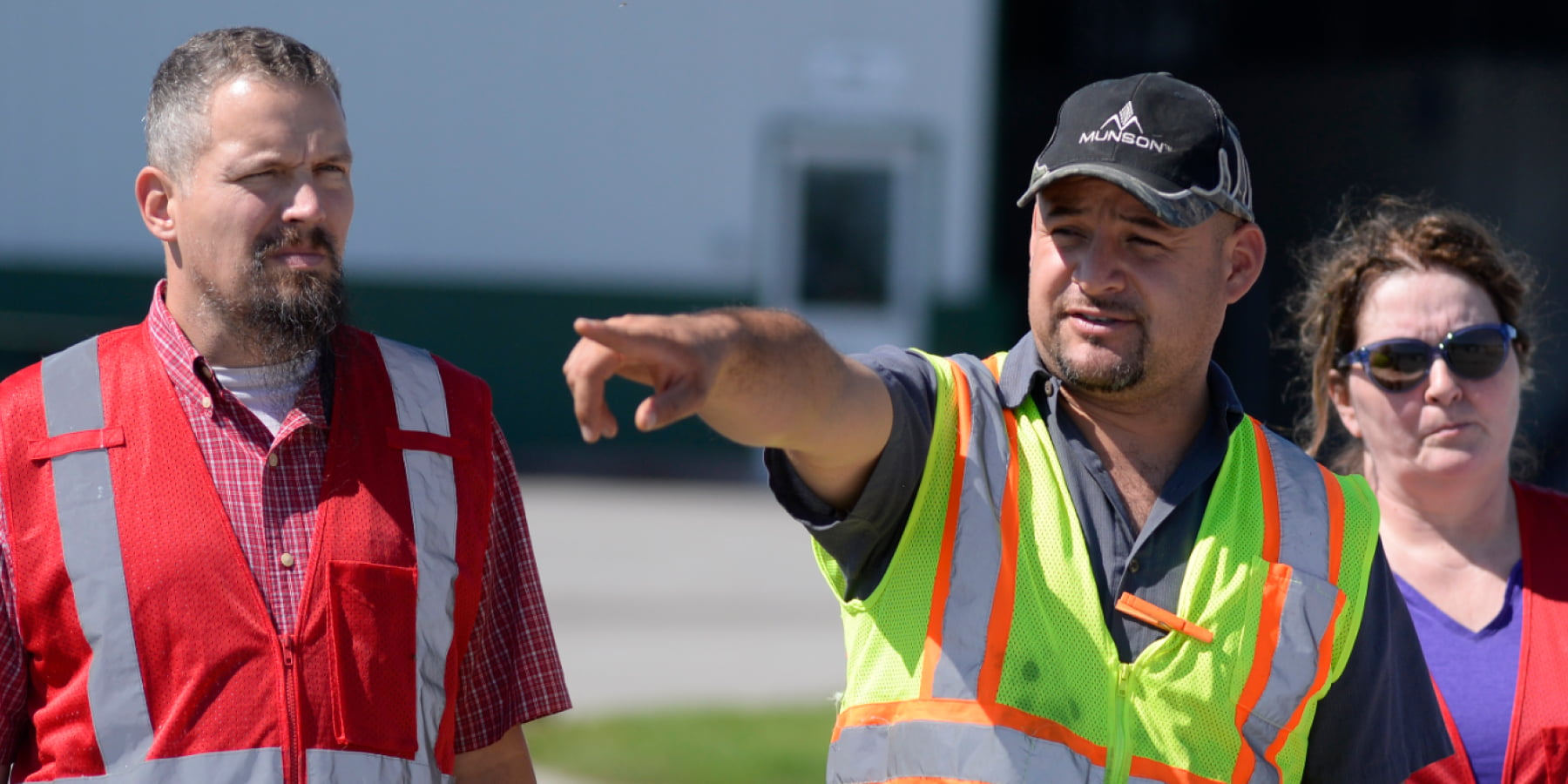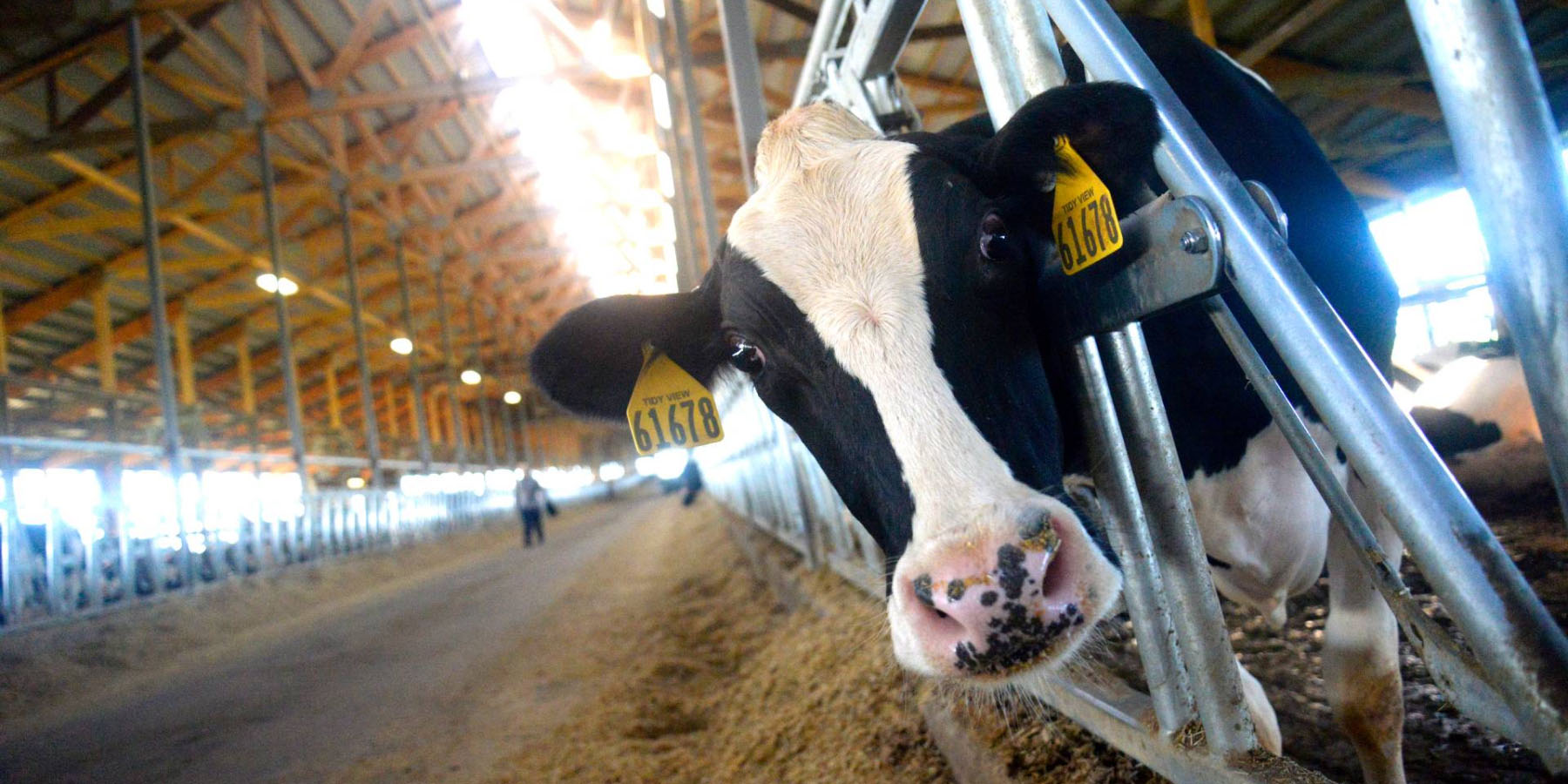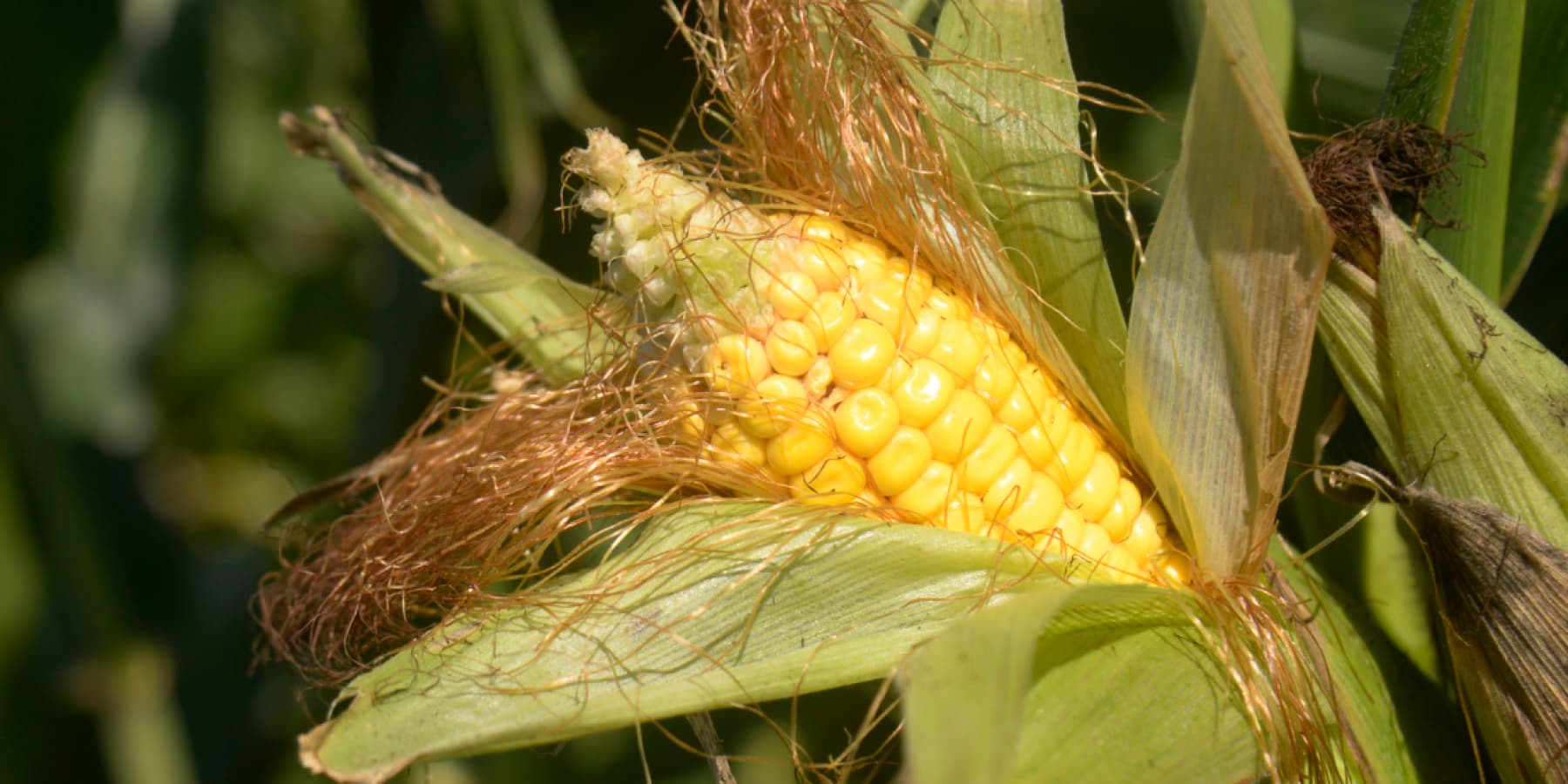
What is Carbon Footprint
What Carbon Footprint means and Its Impact on the Environment
Going Greener
“Carbon Footprint” is the amount of greenhouse gases — specifically carbon dioxide emitted by a person’s activities or a product’s manufacture and transport – during a given period.
The U.S. dairy industry is responsible for less than 2 percent of total greenhouse gas emissions in the country. In fact, U.S. dairy, per gallon, has the lowest carbon footprint of any country in the world.
Milk Source and other dairy farmers continue to pioneer ways to reduce their carbon footprint and the impact milk production has on the environment. We are leaders in agricultural environmentalism: Consider that, the carbon footprint of a glass of milk is two-thirds SMALLER today than it was 70 years ago.
According to the University of California-Davis: “Better breeding, genetics and nutrition have increased the efficiency of livestock production in the United States. In the 1970s, 140 million head of cattle were needed to meet demand. Now, just 90 million head are required. ‘We are now feeding more people with fewer cattle,’ says Dr. Frank Mitloehner, professor and air quality specialist at the university’s Department of Animal Science.”
Between 2007 and 2017, every gallon of milk produced required 17% less feed, 21% less land, 31% less water and 20% less fuel. (Source: The Journal of Animal Science, 2017)
Milk Source farms have invested in miles of nutrient pipelines that have reduced annual truck rolls by the tens of thousands; invested in green lighting and more energy-efficient fan systems; worked with biodigesters that create Renewable Natural Gas (RNG) from cow manure; and much, much more. Our efforts have been recognized by both the environmental and business communities for prioritizing stewardship of land, air and water, including: the International Innovative Dairy Farm of the Year (2014); two-time Wisconsin Leopold Conservation Award Finalist (2014 & 2015); WMC Business Friend of the Environment two-time award winner (2014 & 2022); Wisconsin Family Business of the Year Innovation & Sustainability Award (2015); Wis. Rural Development Award (2016); and World Dairy Expo Dairy Producers of the Year (2020), etc.
The U.S. dairy industry has committed to the ambitious goal of greenhouse gas neutrality by 2050. Shrinking dairy industry’s carbon footprint is a big goal – and Milk Source farms will continue to lead the way.
Made (Sustainably) in America: U.S. Dairy Productivity Far Outstrips Global Competition
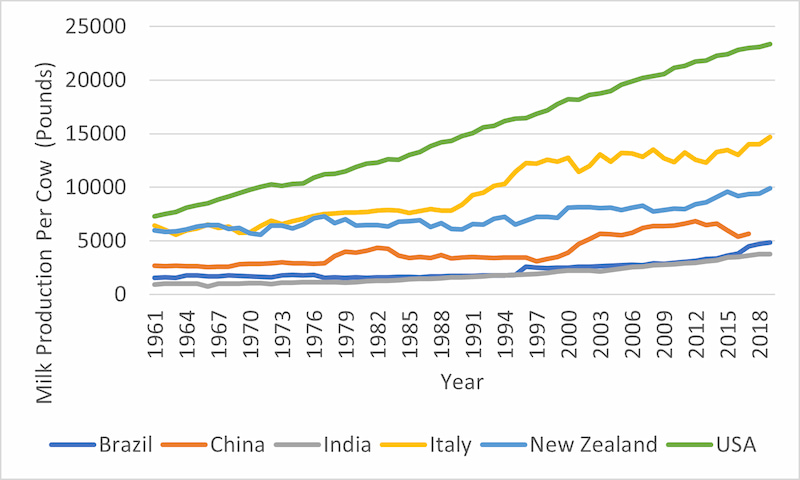
Protecting and replenishing our planet
“Sustainability” is both a goal and a process. Here are the 10 critical ways to achieve the greenest-possible results.

What is a Carbon Footprint?
Learn how Milk Source is a leader in the global effort to reduce emissions.
Carbon Footprint

